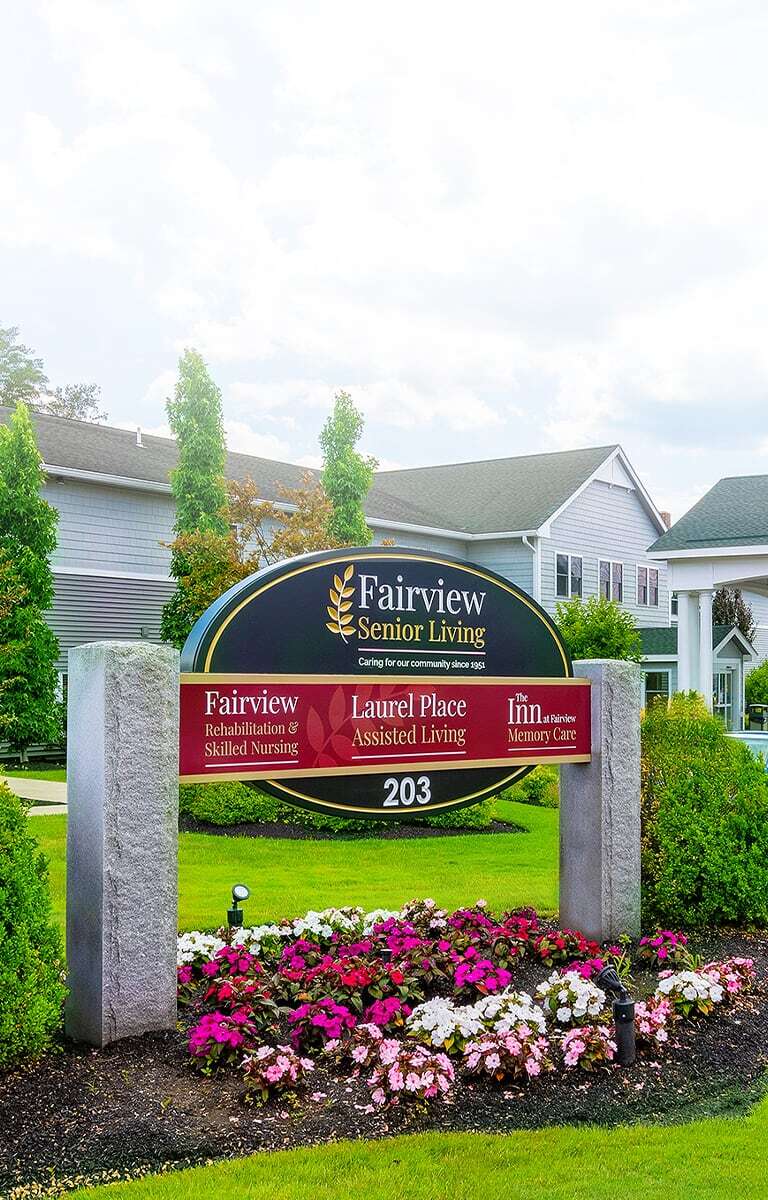When it comes to planning long-term care, it’s important to understand the available options. Two of the most common choices are independent living and assisted living, but they’re not the same thing.
Independent living is ideal for older adults who are active and self-sufficient but want to trade in home maintenance responsibilities for a more convenient lifestyle.
Assisted living is designed for older adults who are relatively mobile and self-sufficient, but who require extra support with daily activities.
Although both communities foster a supportive care environment, they cater to different demographics. Here are 10 key differences between independent and assisted living:
- Levels of care
- Care services
- Memory care support
- Recreational activities
- Family involvement
- Living spaces
- Dining services
- Safety features
- Transitions to higher levels of care
- Financial costs
Taking the time to explore these communities provides an opportunity to meet staff and residents, offering valuable insights to help choose the right option for your loved one.
10 Key Differences between Independent & Assisted Living
Although both living communities foster supportive and welcoming environments for their residents, their approaches to care vary significantly.
Let’s break down these 10 key differences to help you better understand these two long-term community options.
1. Level of Care
The most notable difference is that independent living emphasizes autonomy, while assisted living strives to balance supportive care with self-sufficiency.
Residents in independent living are fully capable of managing their daily routines without extra support. They enjoy a hassle-free lifestyle with access to community amenities while maintaining complete control over their schedules and activities.
Assisted living provides residents help with activities of daily living (ADLs), such as grooming, mobility, and managing medications. Staff work to support residents’ independence, but extra support is readily available where needed.
2. Care Services
Since independent living residents are self-sufficient, these communities don’t include care services. Instead, the focus shifts to offering amenities like housekeeping, meal preparation, and social programming. Residents take care of their own health needs separately.
Assisted living emphasizes personalized care for each resident. Every resident is unique and their needs will vary and evolve. Trained professionals are available 24/7 to assist with routine and urgent needs, verifying every resident’s health and safety are prioritized.
In assisted living, residents have access to a comprehensive range of care services, including assistance with ADLs, access to health professionals, and transportation support.
3. Memory Care Support
Memory care is a specialized community designed to support people experiencing cognitive decline, such as Alzheimer’s.
Independent living doesn’t include memory care services, as the assumption is that residents are managing their well-being independently.
Assisted living can support people experiencing early stages of cognitive decline.
However, as the condition progresses, transitioning to memory care is required. These communities are specially designed and equipped to support people experiencing cognitive decline’s unique challenges, and assisted living cannot successfully meet these needs.
4. Recreational Activities
Independent living communities focus on active lifestyles. From group fitness classes to book clubs and movie nights, they offer a variety of recreational options to keep life dynamic and engaging.
Assisted living also offers recreational activities, but tailors them to accommodate varying strength and mobility levels. The goal is to focus on movement and encourage social connection and engagement, so our residents feel included regardless of their limitations.

5. Family Involvement
We welcome family in all communities. However, the nature of this involvement differs.
Residents in independent living are free to connect with family members and loved ones on their own terms. Visits are relatively flexible and, because residents are self-sufficient, there’s little to no need for our staff to coordinate with family members.
We foster a more collaborative approach in assisted living.
Family members and loved ones are welcome to visit their loved ones or attend community events. However, since residents require extra support, staff members and family are encouraged to stay in contact when planning visits, especially ones outside of the community, to verify that their loved one’s needs are met.
6. Living Spaces
Independent living focuses on replicating the comforts of home.
Residents typically live in private apartments or cottages equipped with kitchens, living areas, and outdoor spaces. Residents are also more than welcome to furnish and decorate their living space.
Living accommodations in assisted living include equipment designed for added safety and accessibility, such as grab bars, wider doorways, and emergency call systems. Here, residents are encouraged to decorate their living space, although these spaces can come fully furnished as well.
7. Dining Services
Independent living communities often provide restaurant-style dining for convenience. Residents have the option to cook in their own spaces or enjoy prepared meals as they wish.
Assisted living designs meals to cater to residents’ dietary needs, making dining nutrition-focused and stress-free. Staff members are available to assist during mealtimes if necessary.
8. Safety Features
Safety measures in independent living are minimal, reflecting residents’ self-sufficiency. Although we prioritize general safety, this doesn’t include advanced safety features offered in higher levels of care.
Assisted living goes further to accommodate the space with equipment like grab-bars, emergency response systems, and fall prevention methods. Staff are available at all times to manage unexpected situations.
9. Transitions to Higher Levels of Care
We can support current independent living residents looking to transition into a more supportive environment, like assisted living.
Assisted living functions similarly, however, the transition may feel smoother, as staff can adjust their approach to residents’ evolving care needs. This means that, if a resident does require greater support, such as memory care or skilled nursing care, the experience is seamless instead of abrupt.
10. Financial Costs
Independent living is generally more affordable because it doesn’t include medical care services. Pricing typically covers housing, community amenities, and optional add-ons like meal plans.
Assisted living is more expensive, as it factors in the cost of care services, medical support, and constant staffing. However, these costs are essential for residents requiring daily assistance and specialized programs.
Choosing the Right Option
When it comes to finding the right care option, it’s important to consider your or your loved one’s level of independence, overall health, and personal preferences.
The decision isn’t just about convenience, it’s about overall quality of life. The right choice can improve mental and physical well-being, foster social connections, and provide peace of mind for families.Contact our friendly team at Fairview Senior Living to schedule a tour of our assisted living community.




